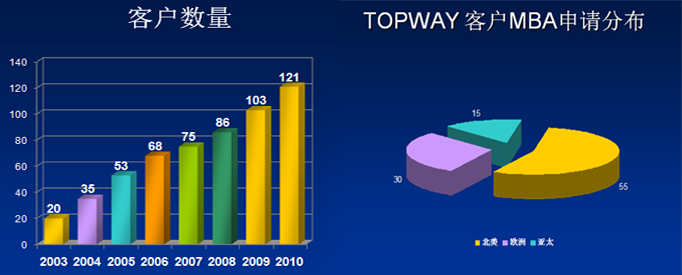|
 
- 精华
- 1
- 积分
- 2059
- 经验
- 2059 点
- 威望
- 205 点
- 金钱
- 205 ¥
- 魅力
- 205
|
Is it always 18 percent? No. The size of the class is constant – 324 MBAs plus roughly 50 in our Leaders in Manufacturing dual-degree program. The other number that is constant is the number of people we will interview. Basically, we interview no more than 800. So depending on the total number of applications we receive, the percentage of candidates that are invited for an interview varies. But it is no more than 800 people, and from there we will admit slightly more than half.
We could interview 1000, even 2000, but we can’t ever offer more than 500 spots, so our strategy is to do the selection at the interview stage. And that’s my job, to find the 18 percent or 800 candidates we will interview.
They are then interviewed by members of committee. Committee members will score them again, and based on those scores, we will pick the 50 percent to admit.
It’s actually quite easy. We don’t spend a lot of time debating because we can refer to something specific in the application. Either it’s there or it’s not there. We don’t say, “I like this person because this person is outgoing.” We don’t do it that way. We say we like this person because this person has a high competency in creativity, or relationship building, or goal setting, or influencing. (Those are all among the leadership attributes we consider.)
It’s a sensible process based on tangible considerations. So when someone says, “Why was this person not admitted?” we can really pinpoint where this particular applicant stood out or didn’t came up short.
Courtesy: Clearadmitblog dated June 15, 2009
RG: Refers to Rod Garcia, Director Admission MIT
I hope this answers the bucketing question asked earlier. |
|



